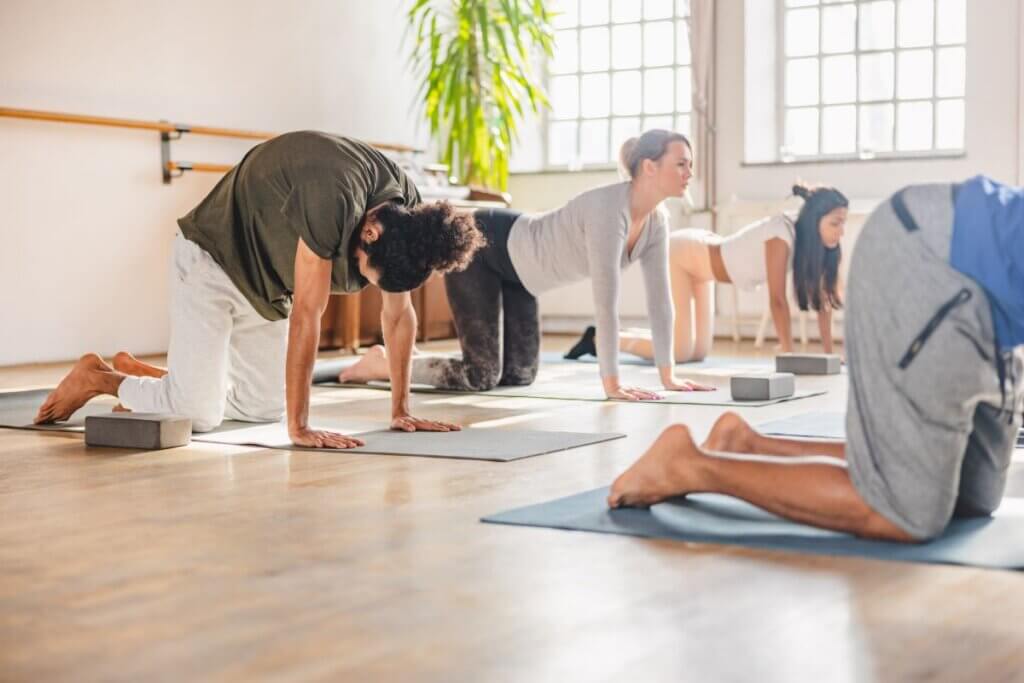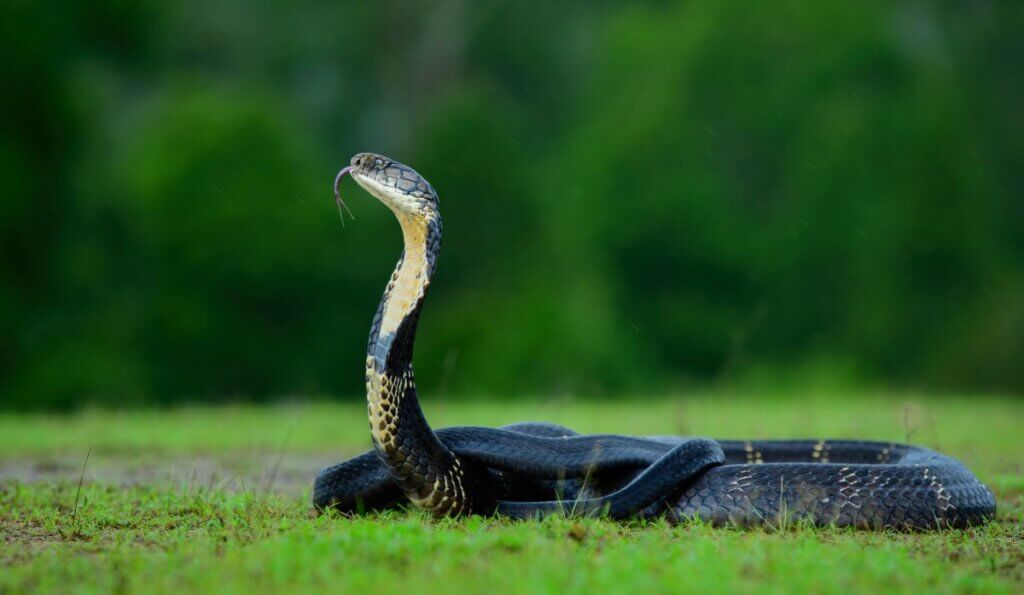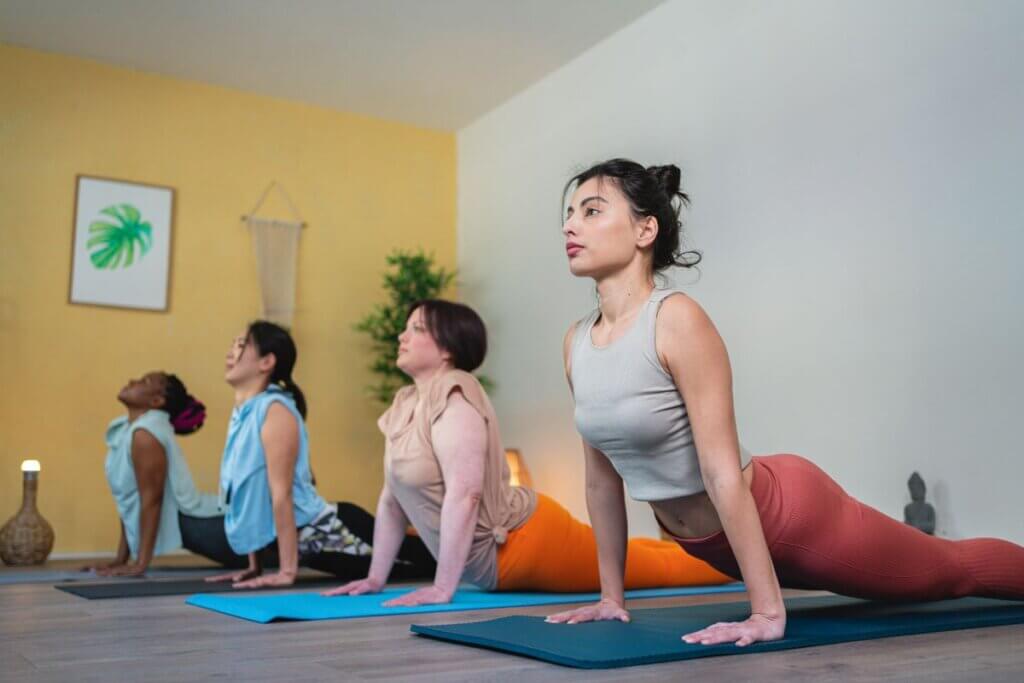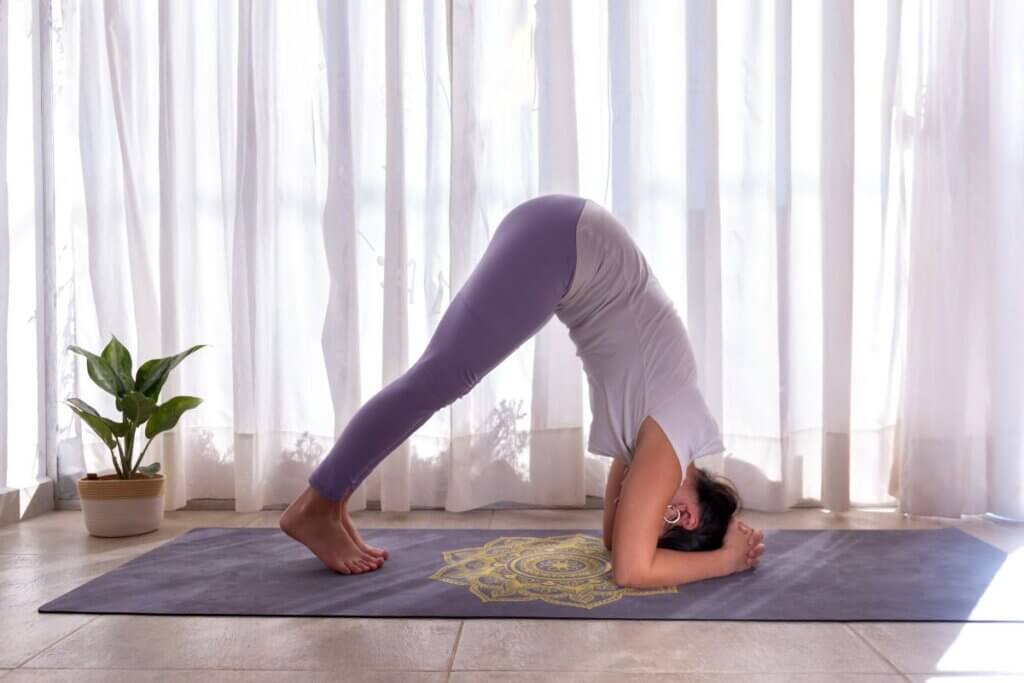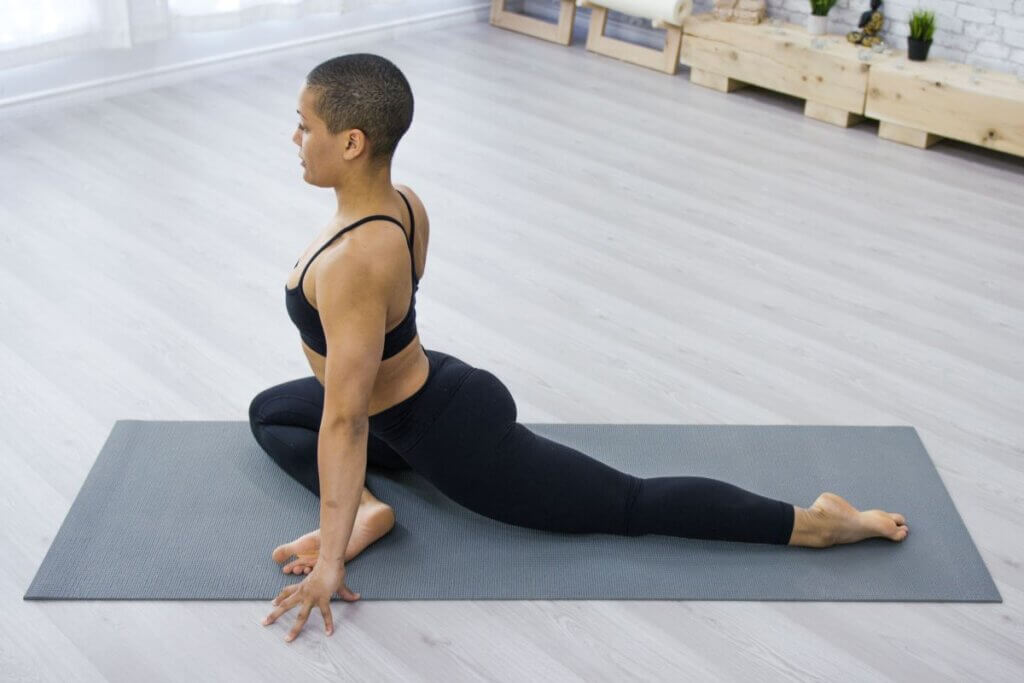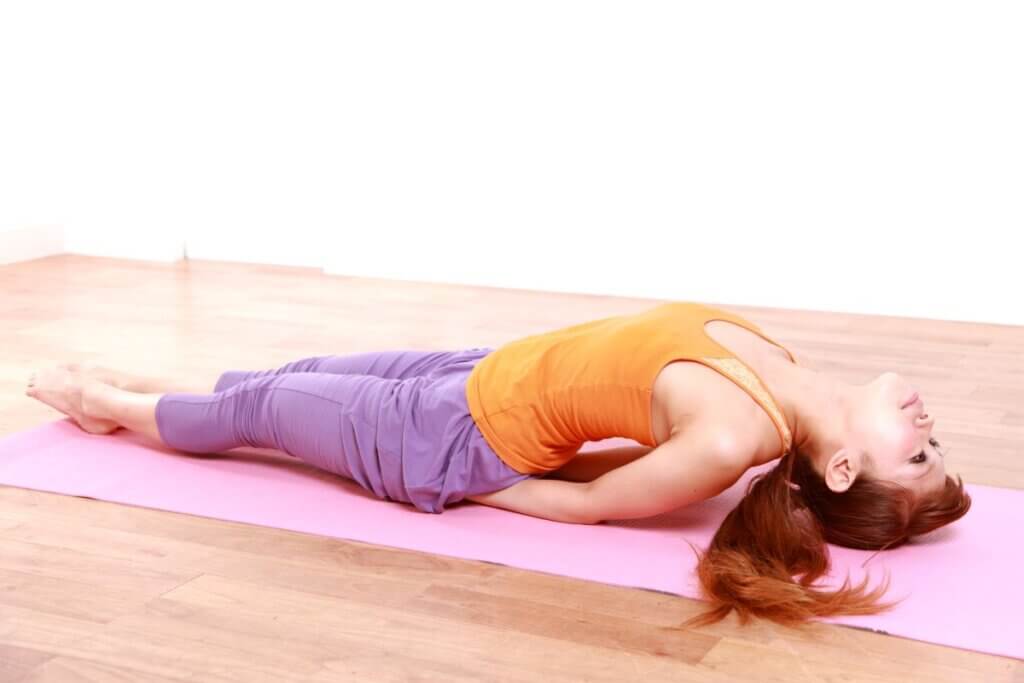De-Stress Compassionately With Animal-Inspired Yoga Poses
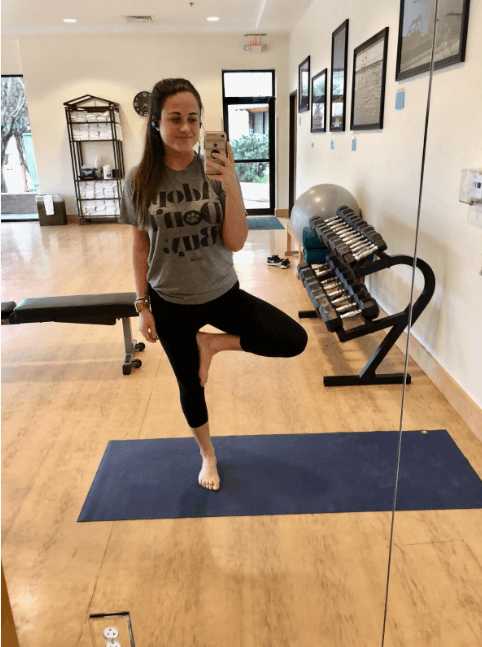
Yoga is a wonderful way to de-stress, and it helps ground me. Like many who care deeply about animals and how they’re often mistreated, I can get overwhelmed. In order to be an effective advocate for animals, I need to take care of myself so I’m ready to hit the ground running every day to fight speciesism and promote compassion and empathy. You can’t pour from an empty cup, and yoga helps refill mine.
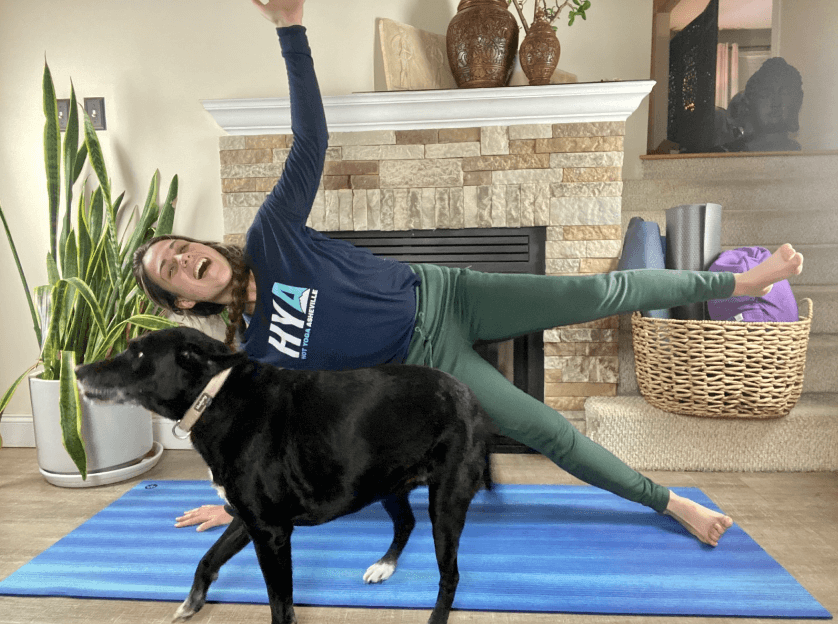
The origins of yoga can be traced to northern India over 5,000 years ago, and it has been promoted all over the world for its physical and mental health benefits as well as its spiritual elements. Some have speculated that ancient yoga masters lived in harmony with nature and drew inspiration from it.
Many yoga poses are inspired by animals, so it can be a great way to channel the energy of different species and deepen your connection with them. Additionally, many yoga poses look like postures that animals instinctively assume, like a cat arching their back (cat pose) or a dog stretching or playing (downward-facing dog pose).
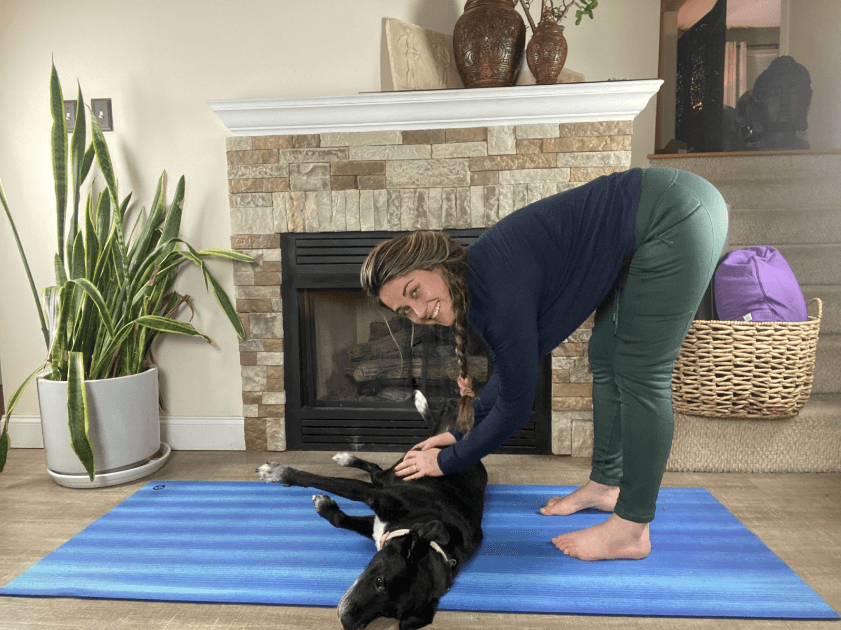
Here are some great animal-inspired yoga poses you can try and some fascinating facts about the animals that inspired them.
Note: Yoga is for everyone. However, when you’re taking a class online, it’s up to you to gauge the safety of your practice within your own physical limitations. It’s better to build up slowly than to force and strain.
Cat-Cow Pose (Sanskrit: Chakravakasana)
In this exercise, you move from cat pose (arched back) to cow pose (belly dropped, shoulders back, and head up). This is often used as a warmup to loosen up your spine and back muscles.
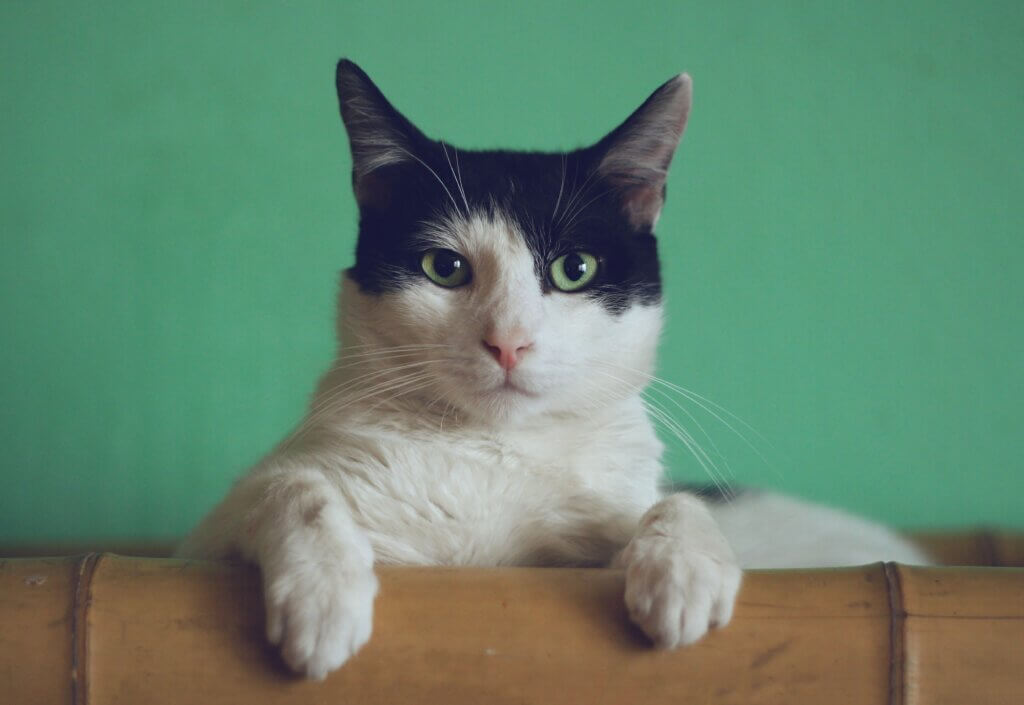
While moving through this pose, reflect on the ways cats and cows are similar. Do they both like to be scratched and rubbed? Yes. Do mother cats and mother cows both produce milk for their babies? Yes. Do they both want to live free from harm and pain? You bet. So why do many people treat them differently from each other and from humans?
Most humans think that consuming cat’s milk would be disturbing but see no problem with drinking cow’s milk. Most cows raised in the dairy industry are intensively confined and unable to fulfill their most basic needs, such as nursing their calves, for even a single day. They are treated as milk-producing machines, are genetically manipulated, and may be pumped full of antibiotics and hormones in order to force them to produce more milk.
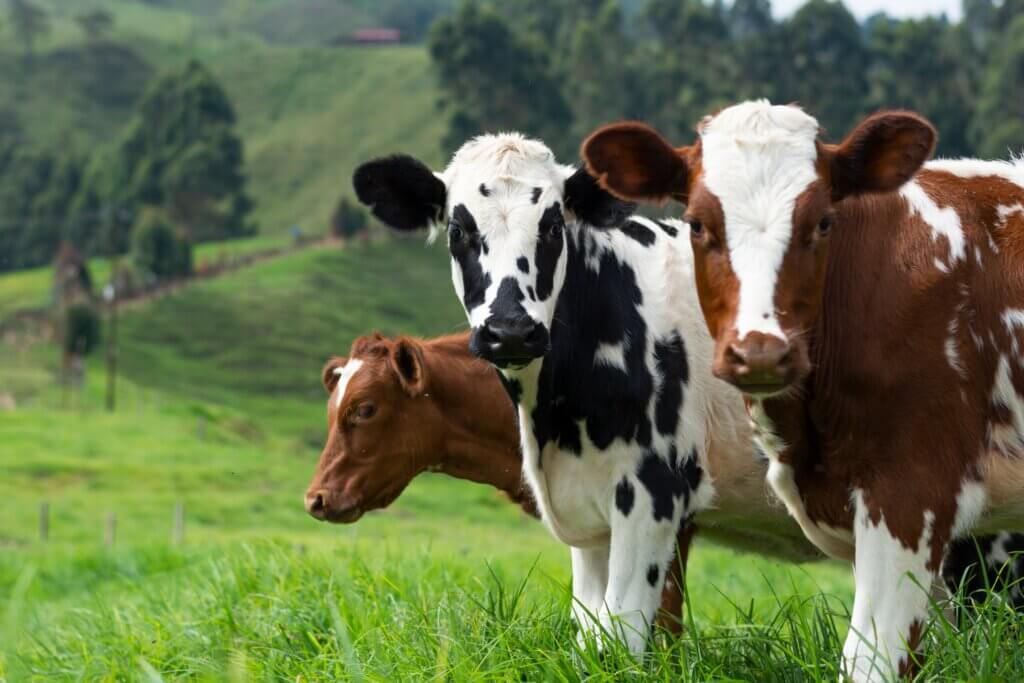
Speciesism is discrimination based on species and the wrongful assumption that humans are superior to other animals. Exercise your body and your mind by considering other examples of speciesism in this double-species warmup pose.
Downward-Facing Dog (Sanskrit: Adho Mukha Svanasana)
One of the most well-known poses in yoga is downward-facing dog (aka “down dog”).
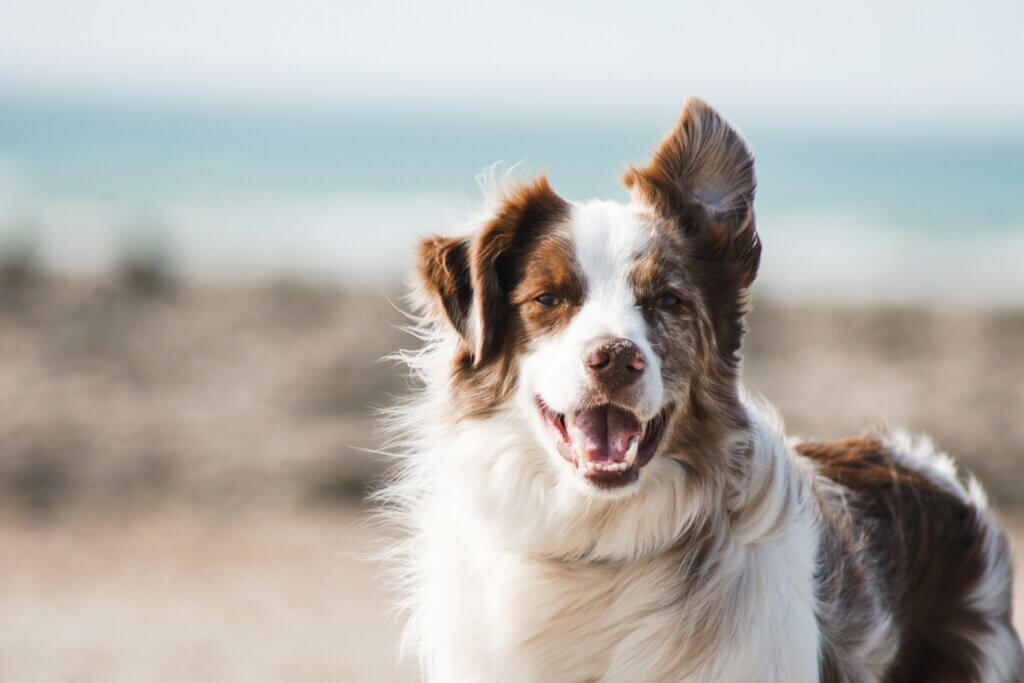
Dogs’ sense of smell is so strong that they can detect certain diseases in humans, such as breast cancer, by sniffing. They can also use their noses to detect weapons and to track and find lost humans and animals. Dogs can even tell whether there’s just one spoonful of sugar in two Olympic-size swimming pools! They also have amazing hearing: They can hear over three times as well as most humans can.
Dogs learn about the world through smell. So try closing your eyes and engaging all your other senses. Without the interruption of visual input, see whether your sense of smell and/or hearing increases. What do you smell? (Hopefully, nothing gross!) What do you hear? Engaging our other senses helps us be fully present and can reduce stress. Additionally, it builds and strengthens nerve pathways in the brain, which can help us memorize essential data and learn new skills more quickly.
Just because this pose is common doesn’t mean it’s easy. If your hamstrings feel tight, try bending your knees deeply and work on lengthening your lower back.
Cobra Pose (Sanskrit: Bhujangasana)
King cobras are shy and will avoid humans whenever possible, but if they’re under attack, they can literally “stand up” and look a full-grown person in the eye. When they’re threatened, they can lift as much as a third of their body off the ground and still move forward to defend themselves. They’re the only snakes that build nests for their eggs, which they guard ferociously until their babies emerge.
Channel the bravery and strength of the king cobra while you press up into a baby cobra or full cobra pose. This is a backbend, which helps release tension in the upper and lower back; strengthens your pelvic, back, and arm muscles; and should leave you feeling energized and breathing easier.
Dolphin (Sanskrit: Ardha Pincha Mayurasana)
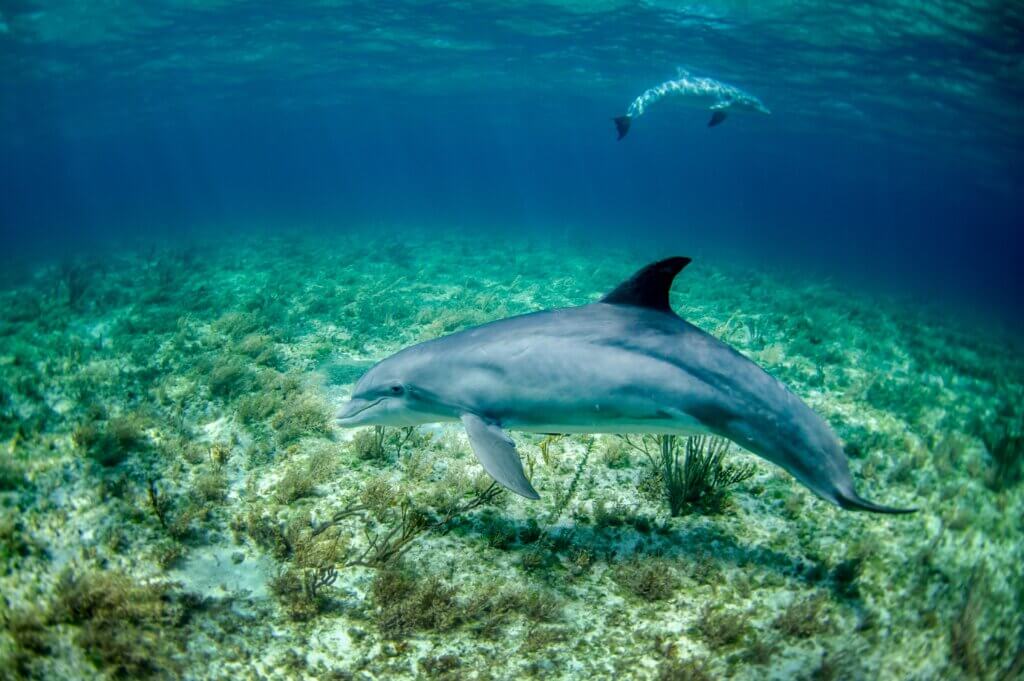
In nature, dolphins can swim up to 60 miles a day. They love to explore new territory with their families, and they form long-lasting friendships within their pods. As part of their social and fun-loving nature, they’re known to swim through self-made bubble rings and surf in the waves. But they don’t just play for fun. Dolphins also do this because it’s important in the cognitive development of dolphin calves and key to making them more comfortable with other members of their group.
Manifest the intelligence, curiosity, and playfulness of dolphins in your yoga practice and in your life. In dolphin pose, use your inner power to fire up your core muscles and play around by lifting one foot up into the air at a time. If you really want to channel a dolphin’s good-naturedness, try hopping on one foot while in this pose. If you fall out of it, just laugh it off and try again.
The Butterfly (Sanskrit: Bhadrasana)
Did you know that butterflies first appeared about 200 million years ago—before flowering plants? Butterflies have many impressive abilities that can put humans to shame. Every fall, as cold weather approaches, millions of North American monarch butterflies leave their home range in Canada and the U.S. and begin flying south. They continue until they reach Southern California or central Mexico—nearly 2,500 miles away.
With an inherent sense of direction, these butterflies return to the same forests each year, and some even find the same tree that their ancestors landed on—all without the use of Google Maps.
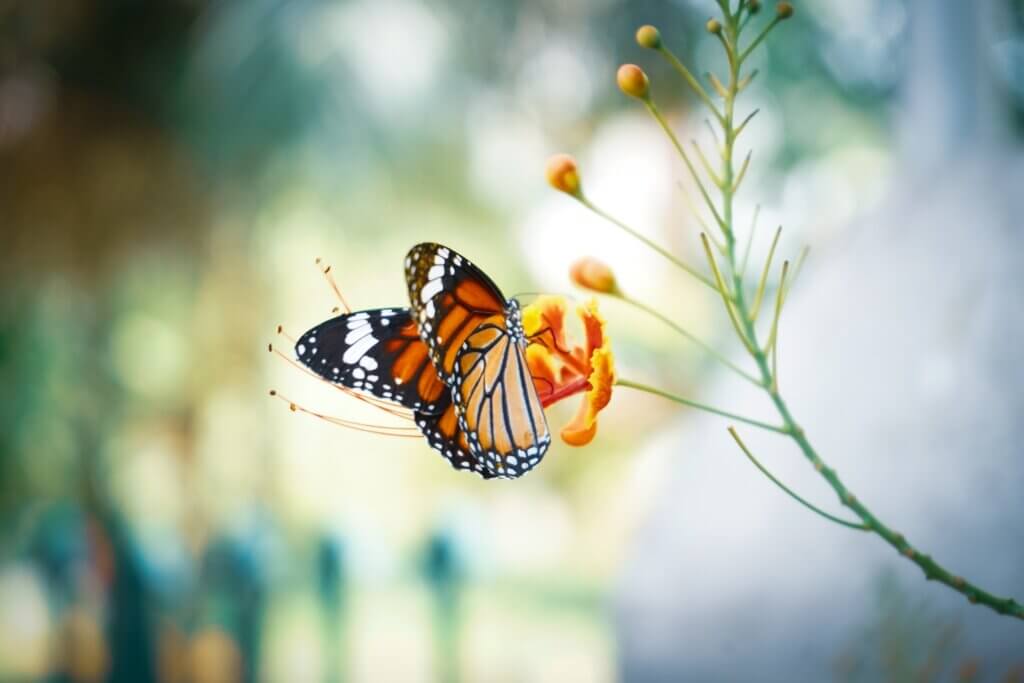
While you stretch your inner hips in butterfly pose, use this time to marvel at the ability of monarch butterflies to travel long distances and never become lost. We can learn a lot from all animals, and perhaps butterflies can inspire us to trust in ourselves that through our life’s journey, we’ll instinctively know the way.
Pigeon Pose (Sanskrit: Eka Pada Rajakapotasana)
The pigeons we see today are the descendants of birds brought from Europe centuries ago who escaped from captivity and reverted back to nature. The navigational abilities of pigeons, who rely on their excellent vision and impressive memory for topographic details, are legendary. A 10-year study of pigeon flight patterns conducted at the University of Oxford found that these birds rely more on their knowledge of human transport routes than on their internal magnetic compasses. “We followed some which flew up the Oxford bypass and even turned off at particular junctions,” one scientist said. “It’s very human-like.”
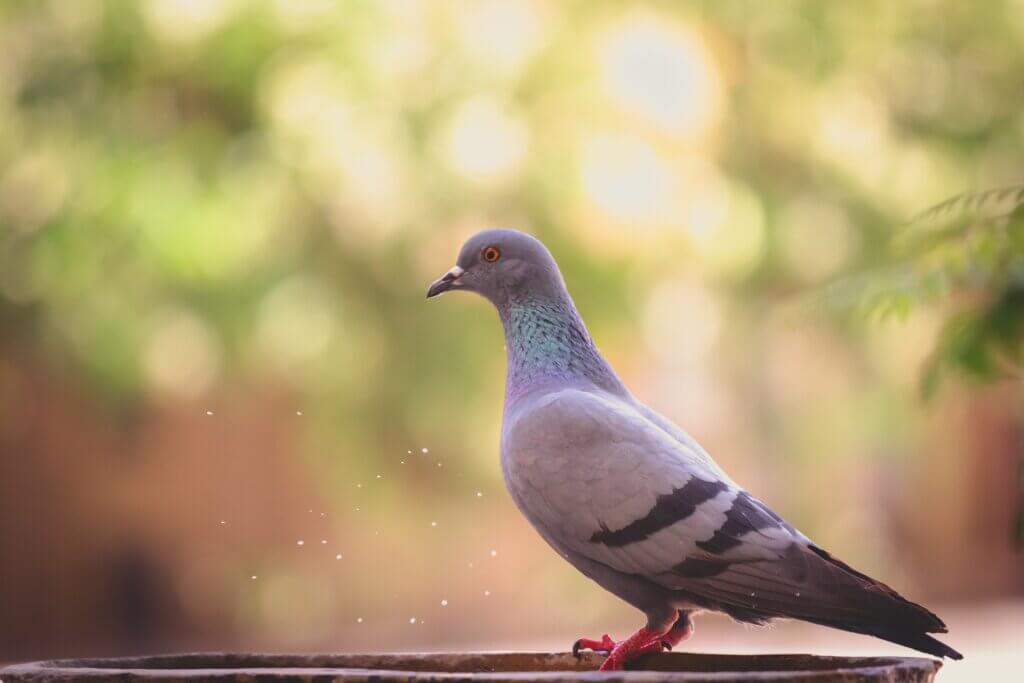
While you’re in this hip- and glute-opening pose, breathe deeply and reflect on how these magnificent birds have adapted to the world around them despite constant harmful interference from humans.
Fish Pose (Sanskrit: Matsyasana)
Fish, who will follow divers around and are sometimes named by dive guides, enjoy being petted, just as dogs and cats do. Biologists have found that fish are “steeped in social intelligence … exhibiting stable cultural traditions and cooperating to inspect predators and catch food.” Many species of fish learn how to avoid predators by watching more experienced ones.
According to Dr. Jens Krause of the University of Leeds, while some fish live in large hierarchical societies and others have smaller family units, they all rely on these “social aggregations,” which “act as an information center where fish can exchange information with each other.”
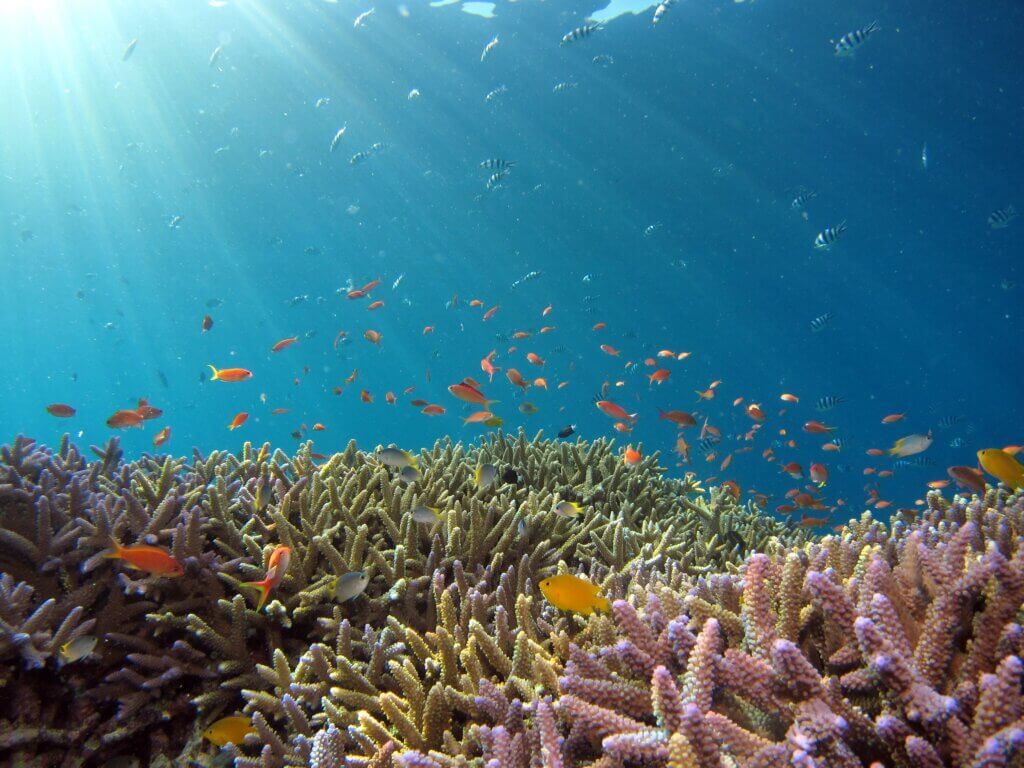
While holding this heart- and chest-opening pose, meditate on how you can work together with others in your community or family, just as fish do, to promote compassion toward all animals.
Camel Pose (Sanskrit: Ustrasana)
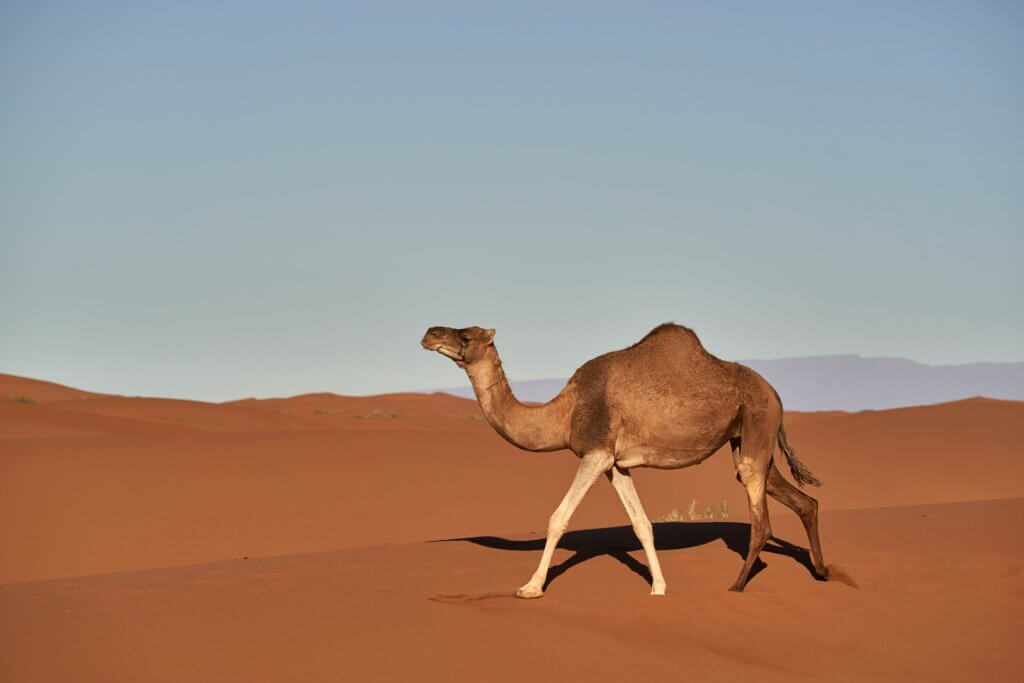
Camels are social animals who live in herds. They communicate with each other using sounds, such as moans and loud bellows. Mothers and their newborns hum to each other. Camels may blow on each other’s faces as a friendly way of greeting one another.
Famously, camels have the ability to conserve water and tolerate dehydration if necessary. In some cases, a camel can survive 10 months without drinking. A human can’t survive longer than three days without water.
While you’re gently leaning back into camel pose (perhaps supporting your lower back with your hands), think about when you’ve persevered through a difficult time. Send yourself and camels around the world loving energy and good vibes. Never forget how strong you are and how you can use this strength to help anyone in need.
*****
Aah, doesn’t that feel so much better? 😊 Giving ourselves time to de-stress is crucial for our health, and there are many ways to do this without harming animals. Want to create your own ultimate animal-friendly relaxation routine? Check out our vegan “hygge” tips to become your coziest self.
Text peta2 to 30933 for ways to help animals, tips on compassionate living, and more!

Terms for automated texts/calls from peta2: http://peta.vg/txt. Text STOP to end, HELP for more info. Msg/data rates may apply. U.S. only.

